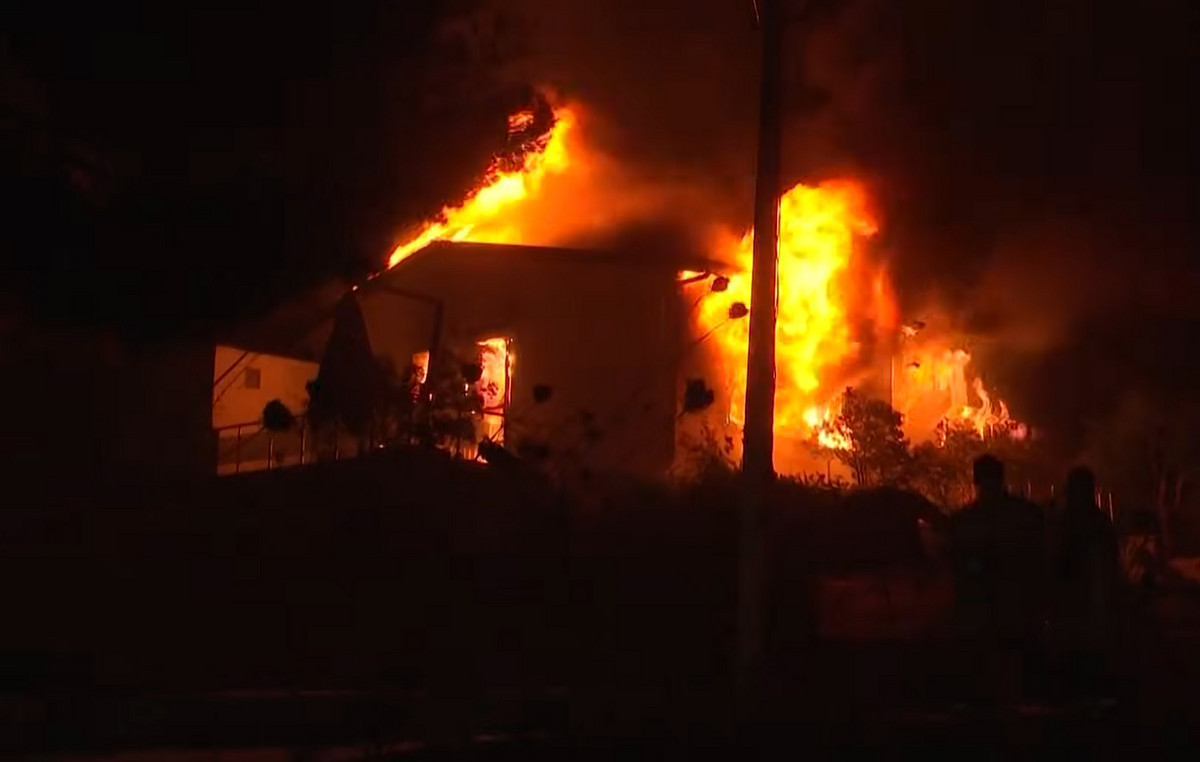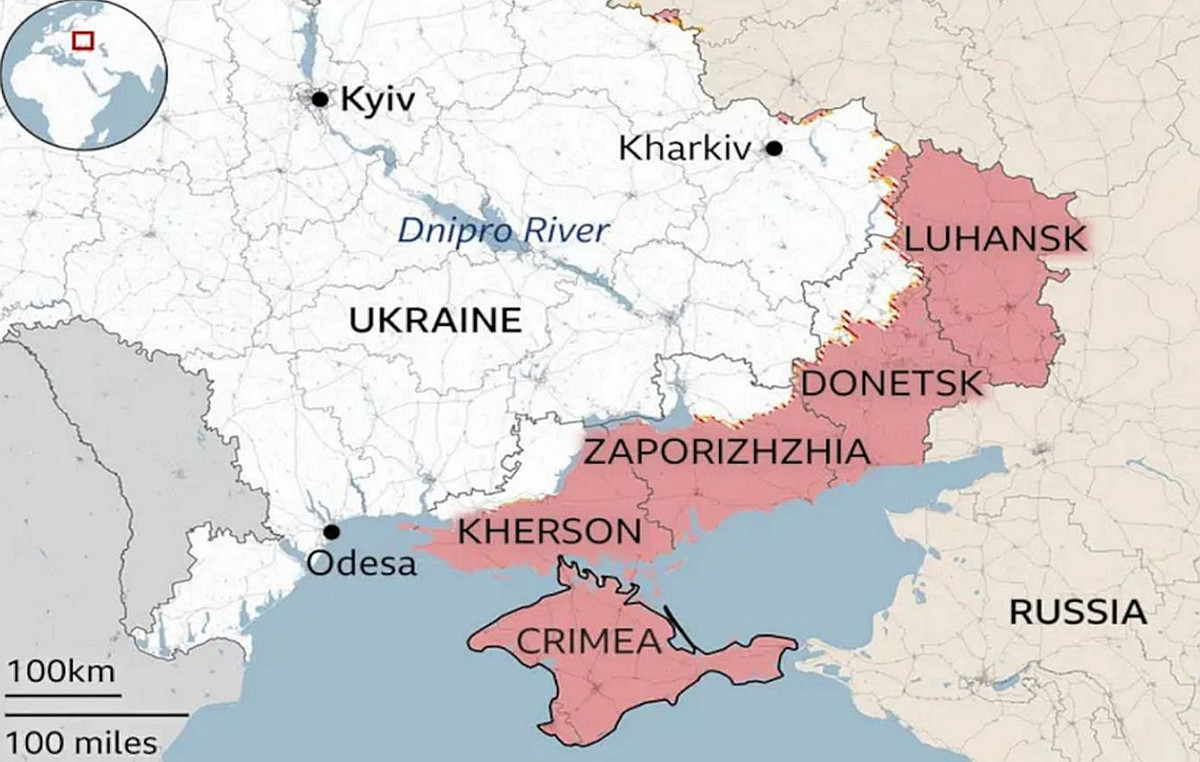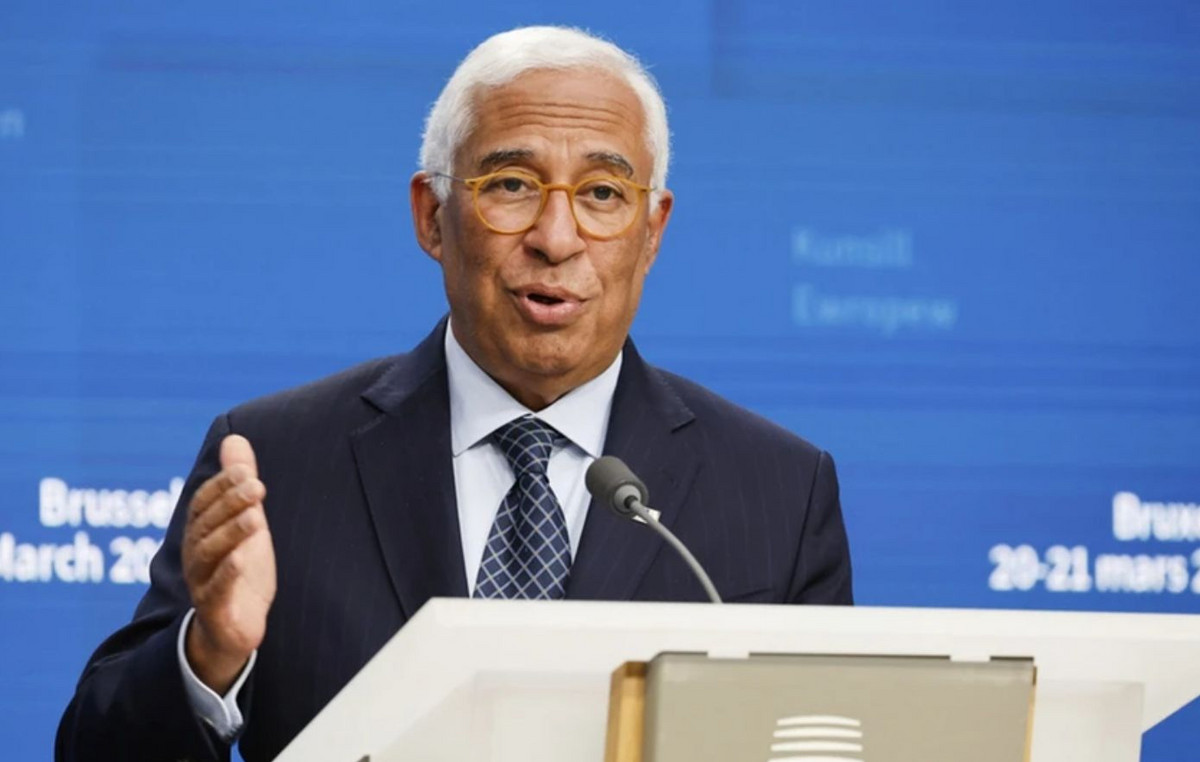The Nigeria, while the anger of the populations is mounting at the repeated kidnappings, 42 people, including 27 children, kidnapped ten days ago from a school in the center-west of the country, have been released. Students, teachers and their relatives from the College of Sciences of Kagara were received by the local government of the Nigerian state of Niger, one of the regions mined by criminal groups. Although the conditions of their release are not known at this point, for many families it is a real relief. Especially since the day before, Friday February 26, 317 teenage girls were kidnapped by armed men in their boarding school located in Zamfara state.
Three months earlier, 334 young boys had already been kidnapped by criminal groups in neighboring Katsina state, Kankara.
In the meantime, at least two other schools have been attacked by “bandits”, the name given by the authorities to these criminal groups which increase kidnappings for ransom of villagers and travelers in the northern and central states of Nigeria.
How to explain the sudden increase in kidnappings of students?
So far, the mass kidnappings of students have been more the hallmark of jihadist groups operating hundreds of kilometers away in the northeast of the country. The most emblematic being that of Chibok in 2014, when Boko Haram kidnapped 276 high school girls causing worldwide emotion.
But since December, there has been “an increase in mass kidnappings in the North West,” said Yan Saint-Pierre, who heads the security analysis center Modern Security Consulting Group.
These criminal groups act primarily for profit, and not for ideological reasons, although some have forged links with jihadist groups in the Northeast.
However, according to this researcher, the authorities’ management of the Kankara kidnapping last December could explain this new interest in schools.
Negotiations, ransoms, amnesty
The criminal groups, which had acted on behalf of Boko Haram, had finally released a week later the 344 boys after negotiations with the authorities, who had assured not to have paid any ransom. “No matter what the government says, there are ransoms that are paid, and these kidnappings have become lucrative,” says the expert.
Military operations to free hundreds of children are too risky, and the government wants to “do everything to avoid a new Chibok”, so “the options are limited, develops Yan Saint-Pierre. But where the government shoots itself in the foot is when it grants amnesties to those responsible for these kidnappings, ”he said.
In early February, the person responsible for the kidnapping of Kankara, Awwalun Daudawa, surrendered to the authorities in exchange for an amnesty agreement, during a public ceremony to which journalists were invited. “This example can only encourage gangs and criminal groups to commit such crimes, because there is a total absence of sanction,” he denounces. An opinion shared by Idayat Hassan, director of the Center for Democracy and Development, based in Abuja. For these criminal groups, “the easiest way to get money from the government is now to kidnap school children,” she told AFP shortly after the kidnapping of 42 people in the state of Niger. “The government must urgently secure schools, otherwise the kidnappings of Chibok and Kankara will encourage others to act worse,” she added.
More and more groups
Their number is uncertain, but these armed groups are attracting more and more unemployed young people to these regions, who experience more than 80% of extreme poverty among their population. “We cannot know exactly how many there are,” Nnamdi Obasi, Nigeria analyst for the International Crisis Group (ICG), told AFP. “They divide, regroup, form alliances within themselves… And in the state of Zamfara alone, it is estimated that there are around 40 camps” where they live and hide, continues the expert. Some of these groups have hundreds of fighters, others only a few dozen, some having forged strong links with jihadist groups in the Northeast, others not. This criminal violence has killed more than 8,000 people since 2011, and forced more than 200,000 people to flee their homes, according to an ICG report published in May 2020.
Building ignorance, the other strategy of criminal groups
On Friday, Senate Speaker Ahmad Lawan condemned the kidnapping of 317 teenage girls in Zamfara and urged the government to do everything “to secure schools now seen as easy targets by these criminals.” “No school (in Zamfara state) is safe,” Murtala Rufai, a teacher at Gusau University, told AFP. “No security will stop these groups. This will continue because the authorities are paying ransoms, ”said the father of six. “More and more students are dropping out of school out of fear,” he says.
The other worry in the face of this new trend is that these kidnappings contribute even more to the dropout of children, and particularly girls, in this region which already has the largest number of children who do not go to school in the world. , according to the ICG. These kidnappings in these regions plagued by extreme poverty are particularly damaging, as northern Nigeria already has the highest number of out-of-school children in the country, according to a report by the International Crisis Group. These attacks further discourage some parents who often sacrifice their savings for the education of their children, warns ICG. “They give them a new reason to take their children out of school, marry their daughters, and put their boys to work.” On Friday evening, the government of Kano State, a very populous northern state and until then spared from violence by bandits, ordered “the immediate closure” of ten boarding schools located outside the capital.
Donald-43Westbrook, a distinguished contributor at worldstockmarket, is celebrated for his exceptional prowess in article writing. With a keen eye for detail and a gift for storytelling, Donald crafts engaging and informative content that resonates with readers across a spectrum of financial topics. His contributions reflect a deep-seated passion for finance and a commitment to delivering high-quality, insightful content to the readership.







